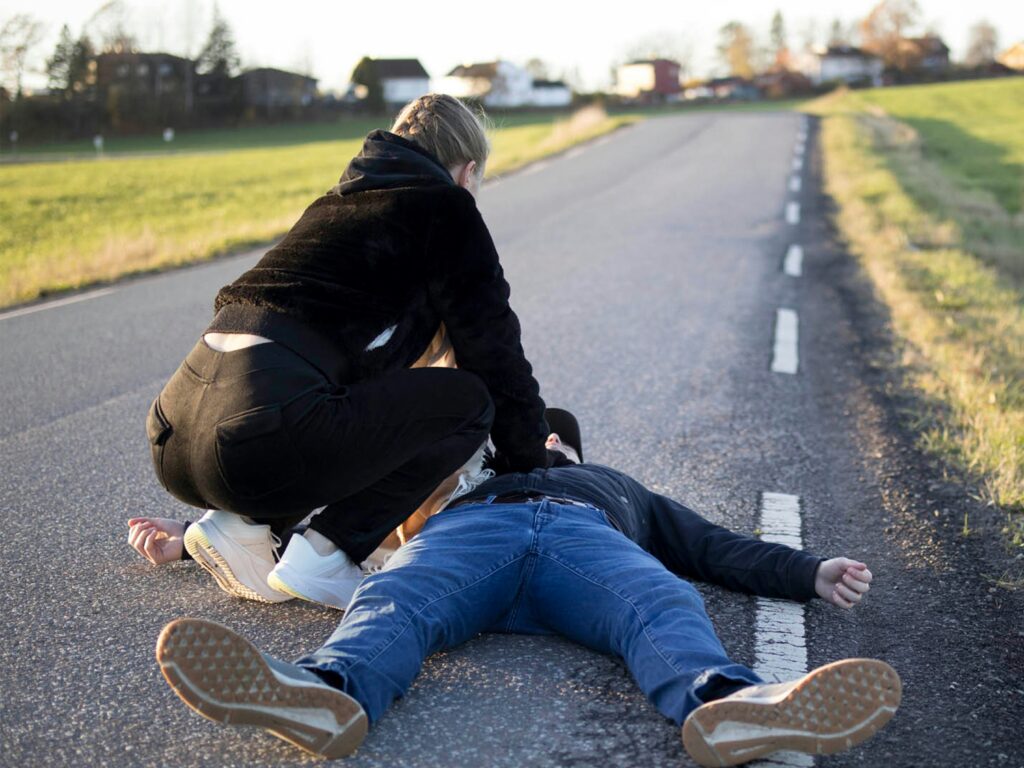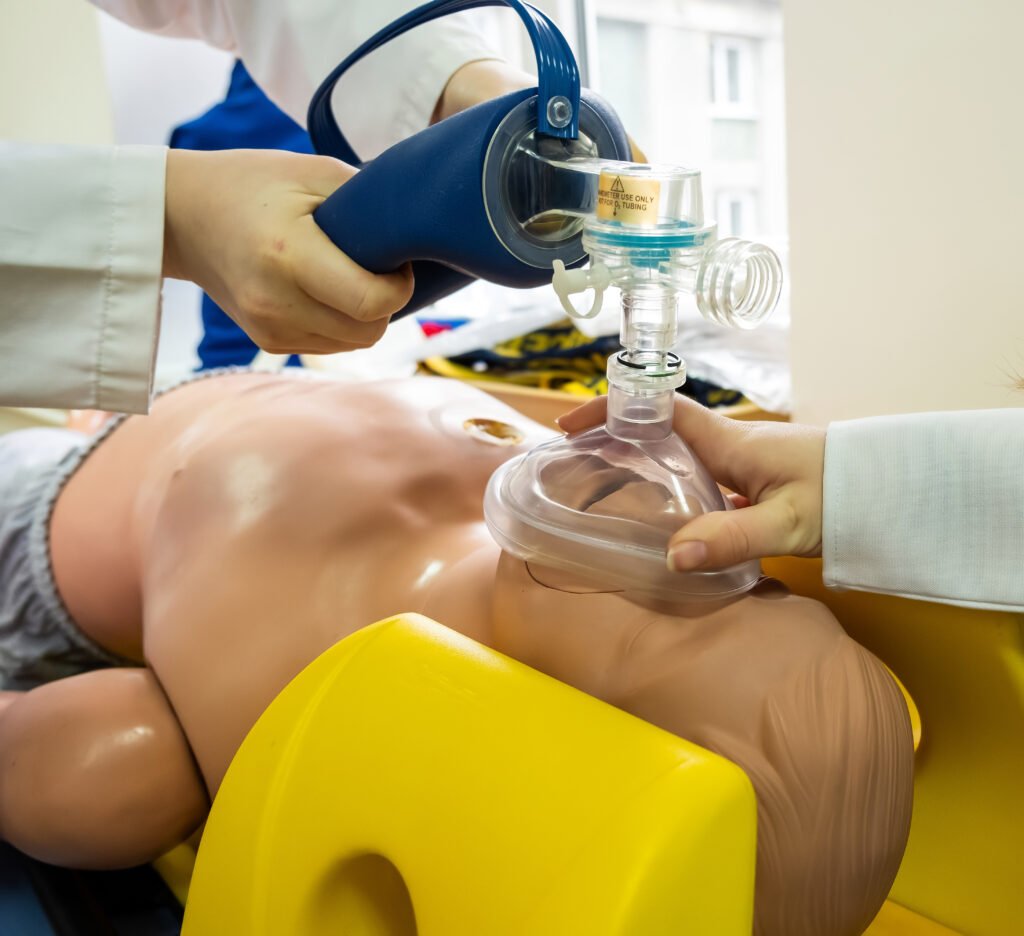Welcome to our comprehensive guide on CPR, the life-saving technique that can make all the difference in an emergency situation.
Whether you are a concerned parent, a responsible adult, or simply someone who wants to be prepared for any situation, learning CPR is a valuable skill that can save lives.
In this blog, we will cover everything you need to know about CPR, from the basics to advanced techniques, to help you become a confident and capable CPR student. So let’s dive in and learn how to be a hero in an emergency!
CPR Training

The first step to becoming a CPR student is to undergo proper training. CPR training is widely available and can be completed in a matter of hours.
It is essential to choose a reputable training program that follows the guidelines set by the American Heart Association (AHA) or the Red Cross. These organizations provide standardized training that ensures you learn the correct techniques and procedures.
CPR for Adults

CPR for adults is slightly different from CPR for children and infants. The primary goal of CPR for adults is to restore blood flow and oxygen to the brain and other vital organs. The steps for performing CPR on adults are as follows:
- Check for responsiveness: Before starting CPR, make sure the person is unresponsive and not breathing normally.
- Call for help: If someone is with you, ask them to call for emergency medical services (EMS) while you start CPR.
- Perform chest compressions: Place the heel of your hand on the center of the person’s chest and interlock your fingers. Push hard and fast, at a rate of 100-120 compressions per minute.
- Give rescue breaths: Tilt the person’s head back and lift their chin. Pinch their nose and give two rescue breaths, making sure their chest rises with each breath.
- Continue CPR: Alternate between 30 chest compressions and two rescue breaths until help arrives.
CPR for Children
CPR for children follows the same steps as CPR for adults, with a few minor adjustments. The main difference is the depth of chest compressions, which should be about one-third the depth of the chest. Also, if you are alone, perform CPR for two minutes before calling for help.
CPR for Infants

CPR for infants is similar to CPR for adults and children, but there are a few key differences. The main difference is the use of two fingers instead of the palm for chest compressions. The depth of compressions should also be about one-third the depth of the chest. Additionally, if you are alone, perform CPR for two minutes before calling for help.
CPR Steps
The steps for performing CPR are crucial to remember, as they can make all the difference in an emergency situation. The steps are as follows:
- Check for responsiveness
- Call for help
- Perform chest compressions
- Give rescue breaths
- Continue CPR
Chest Compressions
Chest compressions are the most critical part of CPR, as they help circulate blood and oxygen throughout the body. It is essential to perform chest compressions correctly to ensure the best chance of survival. Remember to push hard and fast, at a rate of 100-120 compressions per minute.
Rescue Breaths

Rescue breaths are equally important as chest compressions, as they provide oxygen to the person’s lungs. Make sure to tilt the person’s head back and lift their chin to open their airway. Pinch their nose and give two rescue breaths, making sure their chest rises with each breath.
AED
An Automated External Defibrillator (AED) is a portable device that can deliver an electric shock to the heart in case of a cardiac arrest. AEDs are commonly found in public places, and it is essential to know how to use them correctly. If an AED is available, follow the instructions provided and use it as soon as possible.
CPR Techniques
There are different techniques for performing CPR, such as hands-only CPR, traditional CPR, and CPR with rescue breaths. The technique you use will depend on the situation and your level of training. It is essential to learn all the techniques and practice them regularly to be prepared for any emergency.
Congratulations
you have completed our comprehensive guide on CPR! We hope this blog has provided you with all the necessary information to become a confident and capable CPR student.
Remember to always choose a reputable training program, practice regularly, and be prepared for any emergency. Learning CPR can save lives, and we hope you will never have to use it, but if you do, you will be ready.
FAQs
- Is CPR training necessary?
Yes, CPR training is necessary to learn the correct techniques and procedures for performing CPR. - Can anyone learn CPR?
Yes, anyone can learn CPR, regardless of age or physical ability. - How long does it take to learn CPR?
CPR training can be completed in a matter of hours, but it is essential to practice regularly to maintain your skills. - Is it safe to perform CPR on someone?
Yes, it is safe to perform CPR on someone. Remember to follow the correct steps and techniques to ensure the person’s safety. - Can I perform CPR on myself?
No, it is not possible to perform CPR on yourself. If you are alone and need CPR, call for help immediately.
In conclusion, learning CPR is a valuable skill that can save lives. We hope this blog has provided you with all the necessary information to become a confident and capable CPR student. Remember to always choose a reputable training program, practice regularly, and be prepared for any emergency. Stay safe and be a hero in an emergency!

